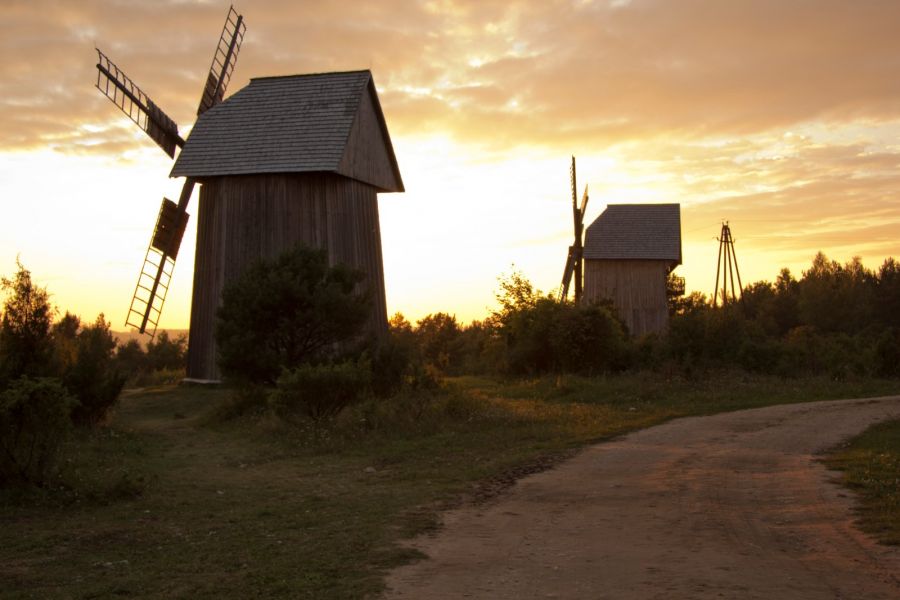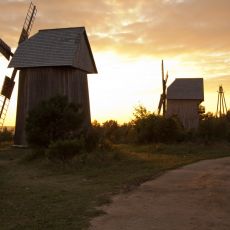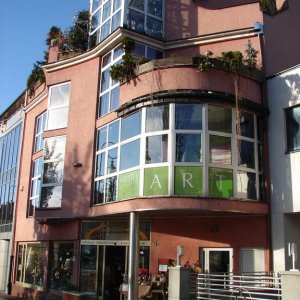Museum of the Kielce Village
25-025 Kielce
tel.: 41 34 492 97
fax.: 41 34 450 08
e-mail: poczta@mwk.com.pl
Description
The Museum of the Kielce Village was established by the decision of the Governor of Kielce from August 21, 1976. The independent activity began on January 1, 1977. The aim of the Museum is to collect, protect and share monuments of folk culture from the area of the Świętokrzyskie Province, with particular emphasis on folk architecture and popularization of folk culture.
Museum of the Kielce Rural Village-Ethnographic Park in Tokarnia is located by the E7 route, leading from Kielce to Krakow. On the 65-hectare area, about 80 most valuable monuments of XVII / XIX-century wooden construction from the area of the former Kielce Province were collected. Rural homesteads and cottages, small-town buildings, manor house, farm buildings, monuments of the rural industry-water and air mills, granaries and sacred objects-church and roadside shrines. The most interesting are the manor house of Suchedniów from 1812, the granary from Złote from 1719 and the Baroque church of the Holy Virgin. Our Lady of Consolation from Rogów on the Vistula from 1761.
Every year, the Museum of the Kielce Village organizes many outdoor folklore events in the Ethnographic Park in Tokarnia, m. "Lead Castings", "The Bread Festival" or "Świętokrzyski Agritourism Fair". In the museum there is also the possibility of organizing commercial events: scientific conferences, symposia, but also weddings, weddings or private family celebrations. There is a tavern at the Museum serving dishes from regional cuisine, and there are comfortable guest rooms in the octopus from Rudy Pilczycka.
All information on this subject can be found on the MWK website (www.mwk.com.pl). On the website you can also find a list of thematic activities for school groups, which the museum runs as part of the lesson program
and museum workshops.
The Kielecka Village Museum has 4 branches:
- Ethnographic Park in Tokarnia in the Chęciny commune - this is the implementation of the ethnographer and expert of traditional folk culture professor Roman Reinfuss, whose aim was to recreate a typical settlement system of villages from various Kielce subregions: Nieckańska Basin, Sandomierz Upland, Krakowsko-Częstochowska Upland and Świętokrzyskie Mountains
- Manor Laszczyków in Kielce - located on the southern slope of the Castle Hill, behind a wooden, indoor gnome fence, stepped back into the property. It is one of the most valuable monuments in Kielce, not only because of over two hundred years of history, but mainly due to the fact that it is the last wooden object of this type in the city. Currently, administrative rooms of the Kielce Countryside Museum are located at the back of the property, and the interiors of the manor house are intended for exhibition purposes.
- Mausoleum of the Martyrdom of the Polish Villages in Michniów - the history of the Michnik's Mausoleum dates back to the first post-war years, when a small memorial chamber found its place in the small wooden cottage, and in it an exhibition of memorabilia left over from the murdered inhabitants of the village. Gradually, changing the technique of presentation and historical narrative, the Memorial Room has evolved, transforming into the Mausoleum of the Polish Village Martyrdom, which cultivates the memory of the tragic fate of the inhabitants of Polish villages under German and Soviet occupation with a word and image. It shows the devastating material and human consequences of World War II for the Polish Nation and all its social strata, especially the inhabitants of the village.
Currently, thanks to the grant of the Kielce Rural Museum co-financing from the Operational Program Infrastructure and Environment, we plan to create an exhibition of a historical narrative museum in the newly built Mausoleum of the Martyrdom of Polish Villages in Michniów.
- In situ facilities:
- Czernikiewicz Farm in Bodzentyn - this is an example of the specific architecture of small agricultural towns, numerous in the past throughout the Kielce region. It consists of a residential building, outbuildings and a coach house, which together with the enclosing yard of a wooden fence form a compact, quadrilateral complex.
- The stone windmill in Szwarszowice is a Dutch windmill built by Józef Kaczmarski in the years 1880-1885, after the fire of an old wooden "koźlak". The stone building, belonging to the unique in the scale of the province, has been preserved "in situ", i.e. in the place of its original foundation.
Location
, 25-025 Kielce






























































Comments
comments powered by Disqus